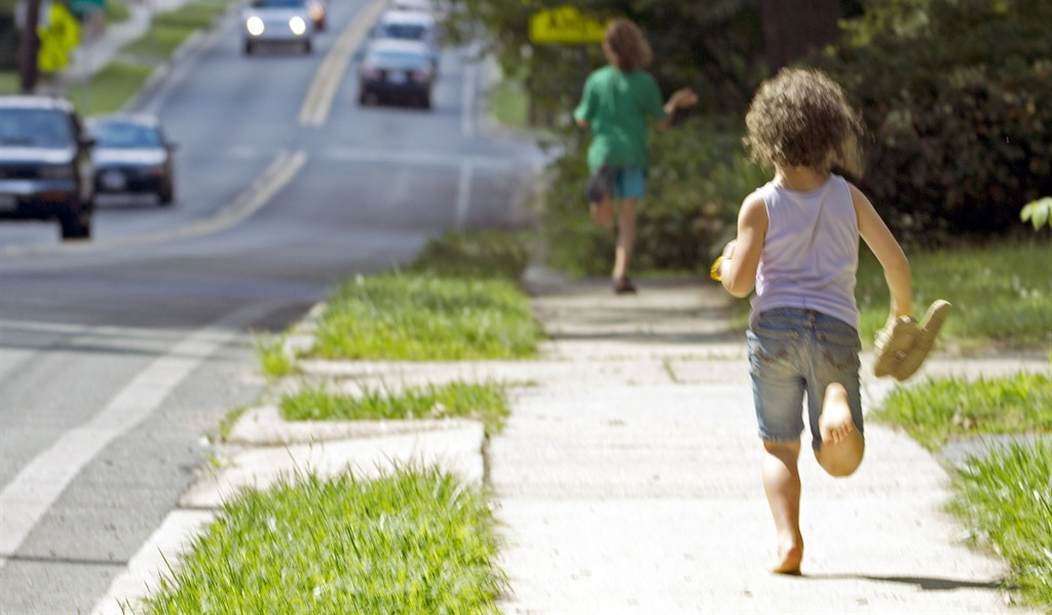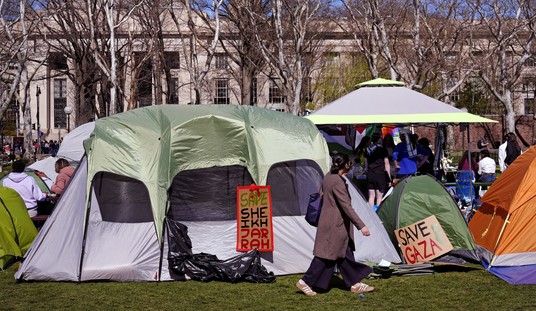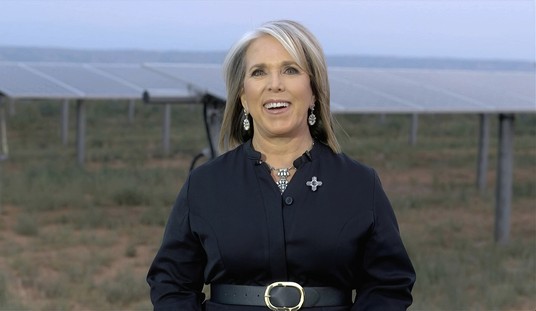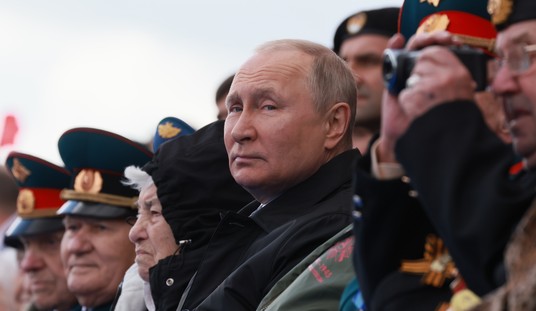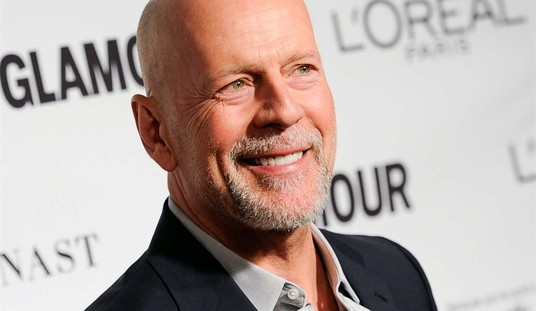Growing up in a rural setting in the upper Midwest was wonderful. We were outside all year, summer and winter, spring and fall. In those long-ago days (the '60s and '70s), the world was a very different place. In Allamakee County, Iowa, it wasn't uncommon for a farmer to look out his window and see three or four boys carrying fishing tackle or .22 rifles crossing his pasture, shrug, and say, "Oh, I know those boys, they're locals." It was understood that kids in summer roamed hill and dale with little or no supervision.
When I was 12-13, in summer there were times when I would disappear into the woods for four or five days at a time. Occasionally my mother, despite having grown up on a farm and having been a farm wife most of her adult life, would express some worry after a couple of days; Dad always assured her, "He'll come back when he gets hungry." I always did.
And, of course, in those days, air pollution at the national scale was dramatically higher than it is today. Somehow we all came out of it with no ill effect.
Being a kid in those days was pretty great. But now, even though national air quality has improved incredibly, climate scolds are issuing dire warnings against letting your kids play outdoors.
Climate change is driving the U.S. from a pattern where the average poor air days are “unhealthy for some to ones which are unhealthy to all,” coauthor Jeremy Porter told The Hill.
Porter said federal regulations drove consistent improvements in air quality from 1963 until about 2016 — when the negative impacts of climate change surpassed the positive pressure from clear air enforcement.
“We’re seeing the biggest uptick in the most hazardous [air] days,” Porter said, though he noted every category of unhealthy air “was sliding up” in frequency.
“We’re wiping out two decades in air quality gains,” he added.
Those changes have already had subtle but far-reaching effects, according to the study.
For example, falling air quality has driven up the number of days when children in Western states can’t safely play outside nearly fivefold since 2000.
In a word: Poppycock.
While this statement talks about improvements since 1963, it also mentions an uptick since 2000. Between 1963 and 2000, of course, air pollution of all kinds decreased dramatically. Therefore, it's more appropriate to talk about improvements since we started keeping track of air quality - in the '60s and early '70s. From 1970 to 2006, carbon monoxide emissions dropped by half, nitrogen oxide by roughly a third, sulfur dioxide by almost half, particulate by 80 percent, and lead - a highly toxic substance when ingested or breathed in - by 98 percent.
The climate scolds do detail the specific areas of concern, and it's not the same issues as in the earlier years; instead, it's mostly issues caused by wildfires, not industry or autos:
These changes are already showing up, driven by two very different contaminants, each with ties to climate change: PM2.5 and ozone.
PM2.5 is the official shorthand for particulate matter less than 2.5 microns across, or smaller than about one-thirtieth the width of a human hair.
These floating particles are small enough to enter the bloodstream, interfering with an array of physical systems. But they mostly are products of combustion, either of fossil fuels, agricultural waste, vehicle exhaust — or the floating smoke of forest fires.
As the incidence of enormous and destructive forest fires has increased throughout the 21st century, so have PM2.5 levels, First Street researchers wrote last year in the journal Fire.
Note that these areas of concern are the products of fires; while climate scolds like to wag their fingers at us over fires as a result of climate change, according to the National Park Service, around 85% of forest fires are human-caused - not by climate change, but by either negligence or arson - and are aggravated, not by climate change, but by poor forestry practices.
On a recent Fox Business program, energy pundit and analyst Alex Epstein weighed in:
See Related: WATCH: Activists Rage About Climate Change, Get Arrested After Disrupting Biden Campaign Headquarters
Climate Scold Whines That the Super Bowl Wreaks Environmental Havoc
The fact is that air quality overall is still better today than it has been since the Industrial Revolution. While parents, of course, have every right to use their judgment to determine whether their children can play outside or not, they should do so based on historical data and, when events warrant, local conditions. Sure, if there is a forest fire ten miles upwind and the air is full of smoke, you may want to keep the kids indoors for a few days. But on the national scale, the air is much cleaner today than it was when I was a little tad running around in northeast Iowa.
Ward Clark's Law of Social Issues Degradation applies: "Every social movement will continue until it reaches absurdity." Of course, there are regional variations in air quality, as I'm reminded every time I step outside here at our Susitna Valley homestead and take a deep lungful of Alaskan air, pure and sweet as wine. But all in all, air quality today is as good as it's been since the early 19th century, and the concerns expressed in the report described here are due not to some ephemeral "climate change" but to fires that are overwhelmingly caused by human negligence - or by criminal arson.
So let the kids play outside. The benefits they gain from that, in exercise, in making friends, in being away from a screen for a few hours - far outweigh any issues from the air. And your sanity will no doubt be improved by having them out of your hair for a while.
They'll come home when they get hungry.

